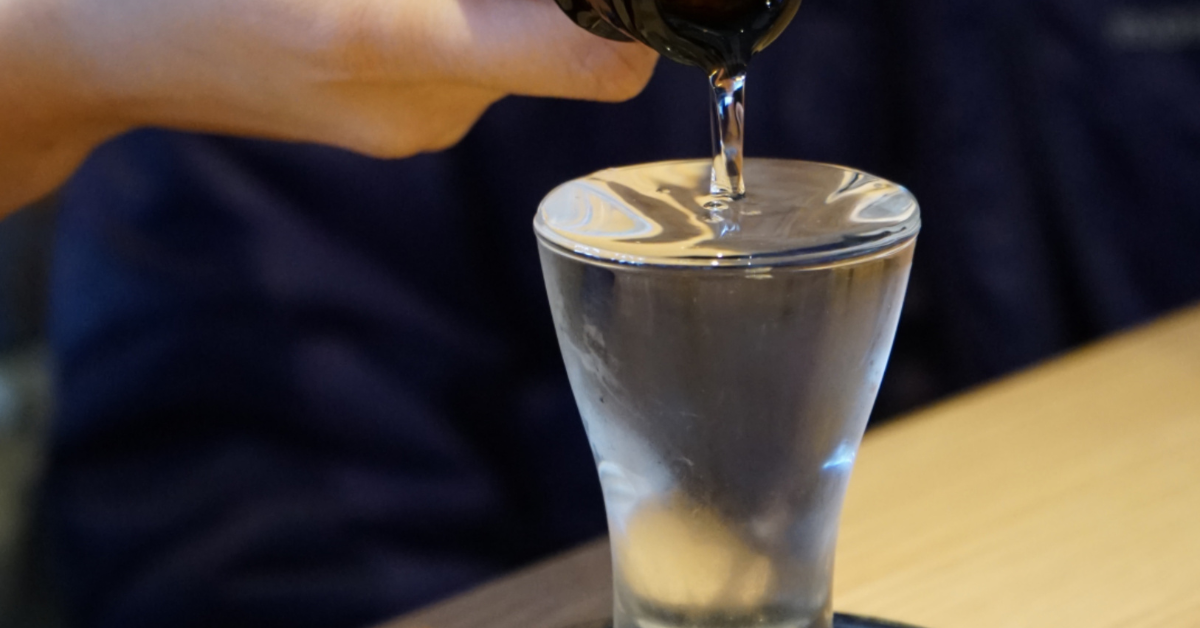Sake, Japan’s traditional rice-based alcoholic beverage, is more than just a drink. It represents centuries of history, craftsmanship, and cultural identity. In recent years, sake has gained global recognition, becoming a key element in both tourism and international food culture.
What is Sake?
Sake is a brewed alcoholic beverage made from rice, rice koji, and water, fermented with yeast. Like wine and beer, it belongs to the category of fermented drinks. What makes it unique is a process called “multiple parallel fermentation.” This means that the conversion of starch into sugar and the conversion of sugar into alcohol occur simultaneously, creating a complex and layered flavor profile.
The alcohol content of sake is usually around 15%, making it milder than distilled spirits like whiskey or shochu. This balance makes it highly suitable for pairing with food, and it is enjoyed in a wide range of settings.
Types of Sake
Sake is classified according to ingredients and polishing ratio of rice. Below are the major categories.
| Type | Characteristics |
|---|---|
| Junmai-shu | Made only from rice and rice koji, rich in umami flavors |
| Ginjo-shu | Polishing ratio of 60% or less, fragrant and light on the palate |
| Daiginjo-shu | Polishing ratio of 50% or less, elegant and refined flavor |
| Honjozo-shu | Small amount of distilled alcohol added, clean and smooth taste |
Even with the same brand, the flavor changes depending on whether it is chilled, served at room temperature, or warmed.
Ways to Enjoy Sake
The taste of sake varies greatly depending on serving temperature and vessel.
| Temperature | Name | Features |
|---|---|---|
| 0–10°C | Reishu (chilled) | Refreshing, fruity aroma stands out |
| Around 15°C | Room temperature | Well-balanced aroma and umami |
| 40–55°C | Kanzake (warmed) | Aroma spreads, body feels warmed |
Adjusting the serving style to match dishes enhances the enjoyment of sake.
The Role of Sake in Japan
Sake is deeply rooted in religious rituals as well as daily dining culture.
- Offered to deities during Shinto ceremonies as a sacred drink
- Consumed as otoso at New Year’s to pray for health throughout the year
- Essential in weddings, festivals, and celebratory occasions
Sake also serves as a social bond. At cherry blossom viewings and festivals, sharing sake symbolizes friendship and connection.
Regional Characteristics
The climate and water quality of each region strongly affect sake’s flavor.
| Region | Characteristics |
|---|---|
| Tohoku | Crisp and dry sake made with snowmelt water |
| Kansai | Robust, dry sake made with the hard water of Nada |
| Hokuriku | Light and refined sake shaped by cool climate |
| Kyushu | Richer, slightly sweeter sake influenced by warm climate |
Thus, sake reflects the land and its culture, allowing one to taste the essence of each region.
Growing Interest from Abroad
In recent years, sake has gained worldwide recognition.
- The registration of Washoku (traditional Japanese cuisine) as a UNESCO Intangible Cultural Heritage increased global exposure
- In Europe and the U.S., sake is branded as “SAKE” and enjoyed like wine
- It is also used as a cocktail base, introducing new drinking styles
For foreign travelers, brewery tours and sake tastings are among the most popular cultural experiences in Japan, offering a direct way to learn about craftsmanship and local traditions.
Sake, Health, and Modern Lifestyles
Modern consumers also enjoy sake in new ways, including products designed to suit health-conscious lifestyles.
| Health Aspect | Description |
|---|---|
| Amino acids | Contribute to umami and support body metabolism |
| Moderate intake | Pairs well with meals and aids digestion |
| Relaxation | Warm sake helps calm both mind and body |
Additionally, sparkling sake and low-alcohol varieties are gaining popularity among younger generations and overseas markets. Stylish packaging has also made sake a popular souvenir and gift.
Conclusion
Sake is a uniquely Japanese beverage made from rice and water, offering diverse flavors and aromas, as well as deep cultural significance. It plays an essential role in Shinto rituals, celebrations, and family gatherings, while also enriching everyday meals.
With regional variations and increasing global attention, sake is now valued not only as a traditional drink but also as an international cultural bridge.
For foreigners, experiencing sake firsthand is one of the best ways to truly understand Japan. Each glass holds the essence of Japan’s nature, history, and culture.






